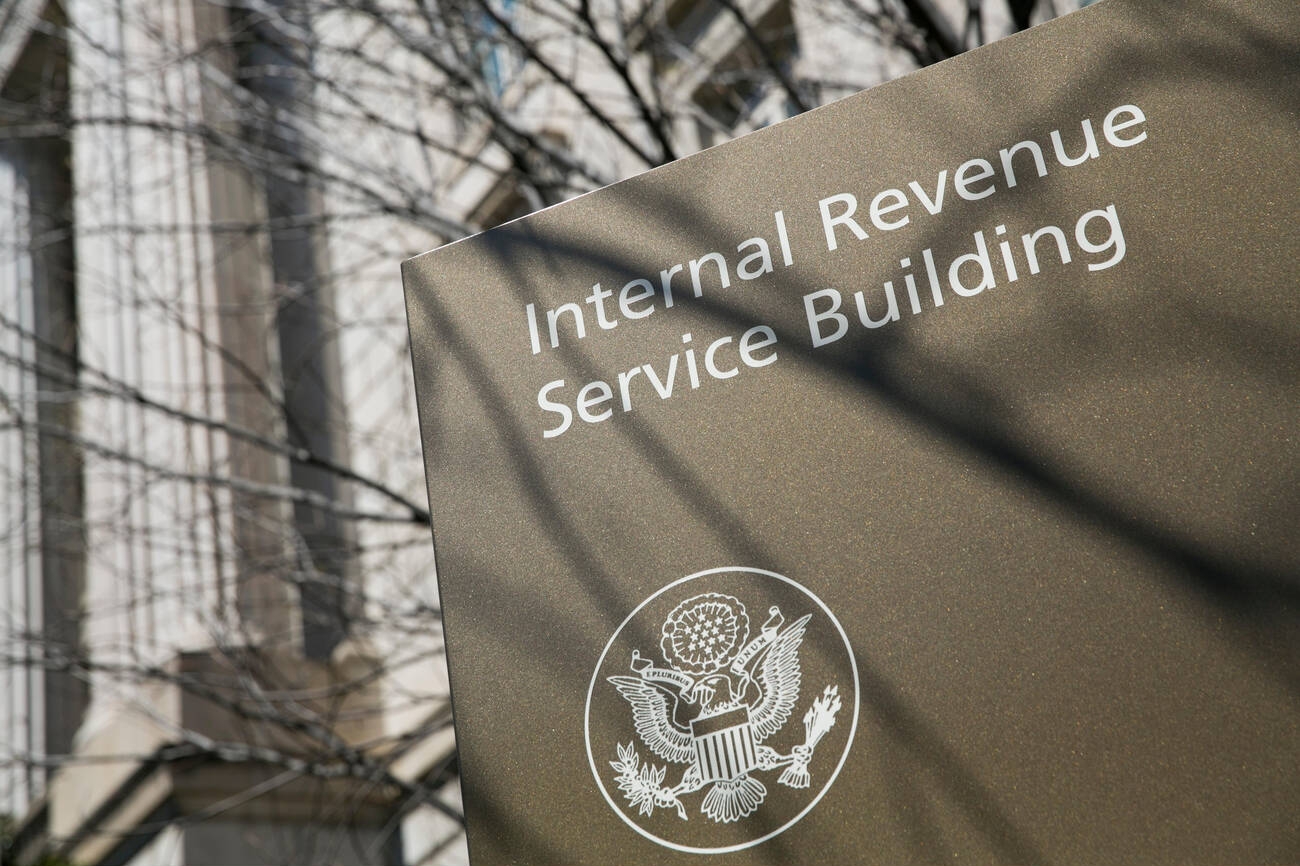Taxes
IRS Opens Second Allocation Round For Advanced Energy Tax Credit
Beginning May 28, the IRS will accept applications from taxpayers seeking tax credits from the pool of $6 billion allocated in Round 2.
Apr. 29, 2024

The IRS issued new guidance on Monday that provides additional information about the second allocation round under the Qualifying Advanced Energy Project Tax Credit program.
The program, which was re-established by 2022’s Inflation Reduction Act, renews and expands a tax credit created in 2009 through the American Recovery and Reinvestment Act. It provides incentives for clean energy manufacturing and recycling, industrial decarbonization, and critical materials processing, refining, and recycling.
Beginning on May 28, the IRS will accept applications from taxpayers seeking tax credits from the pool of $6 billion allocated in Round 2, according to Notice 2024-36, which was released by the IRS on April 29. Approximately $2.5 billion will be distributed to energy community census tracts where a coal-fired plant or a coal mine was shuttered.
“These investments will improve the nation’s energy security and create good-paying jobs in vital fields like clean energy manufacturing and critical materials processing,” Wally Adeyemo, deputy secretary of the Treasury, said in a statement. “They will also allow for existing energy infrastructure to be retooled for the clean energy economy. All this work will contribute to lower energy costs for families who have struggled to pay their utility bills.”
The Inflation Reduction Act provided $10 billion in new funding for the Qualifying Advanced Energy Project Credit program. Congress required that at least $4 billion be reserved for projects in communities with closed coal mines or retired coal-fired power plants.
A wide variety of projects are eligible to apply for an investment tax credit of up to 30%, ranging from manufacturing of fuel cells and components for geothermal electricity and hydropower, to producing carbon capture equipment or installing it at an industrial facility, to critical minerals processing. Projects must meet prevailing wage and apprenticeship requirements to receive the full 30% tax credit.
On Feb. 13, 2023, the Treasury Department and the IRS issued Notice 2023-18 to establish the Qualifying Advanced Energy Project Credit Allocation program under section 48C of the tax code and announce an initial allocation round of credits. During Round 1, $4 billion in tax credits was distributed, including approximately $1.5 billion reserved for projects in designated coal communities.
“The $4 billion available for allocations in Round 1 was significantly oversubscribed, with applicants submitting concept papers—a project proposal—seeking nearly $42 billion in tax credits across all categories of projects, including nearly $11 billion for projects in section 48C energy communities,” the Treasury Department said in a press release on Monday.
To apply for the second allocation round, taxpayers must first submit concept papers describing the proposed project, and those whose concept papers receive a favorable review will be encouraged to submit a full application. The Department of Energy will evaluate concept papers and applications across multiple criteria and policy factors prior to making allocation recommendations to Treasury, including:
- Commercial viability;
- Greenhouse gas emissions impacts;
- Strengthening U.S. supply chains and domestic manufacturing for a net-zero economy; and
- Workforce and community engagement.
The section 48C portal will open and allow users to register and submit Round 2 concept papers starting no later than May 28. The deadline for concept papers will be 5 p.m. ET on the 30th day after the section 48C portal opens for registration and concept paper submissions, the Treasury Department said. Taxpayers that submitted concept papers or applications in Round 1 must submit a concept paper and full application to be considered for Round 2.
“The Qualifying Advanced Energy Project Credit program is a game-changer for clean energy investment,” said John Podesta, senior advisor to the president for international climate policy. “This credit will help companies tap the talent and innovative potential of the energy communities and workers who have powered our nation for more than a century.”
More information about the Qualifying Advanced Energy Project Credit program can be found here.
